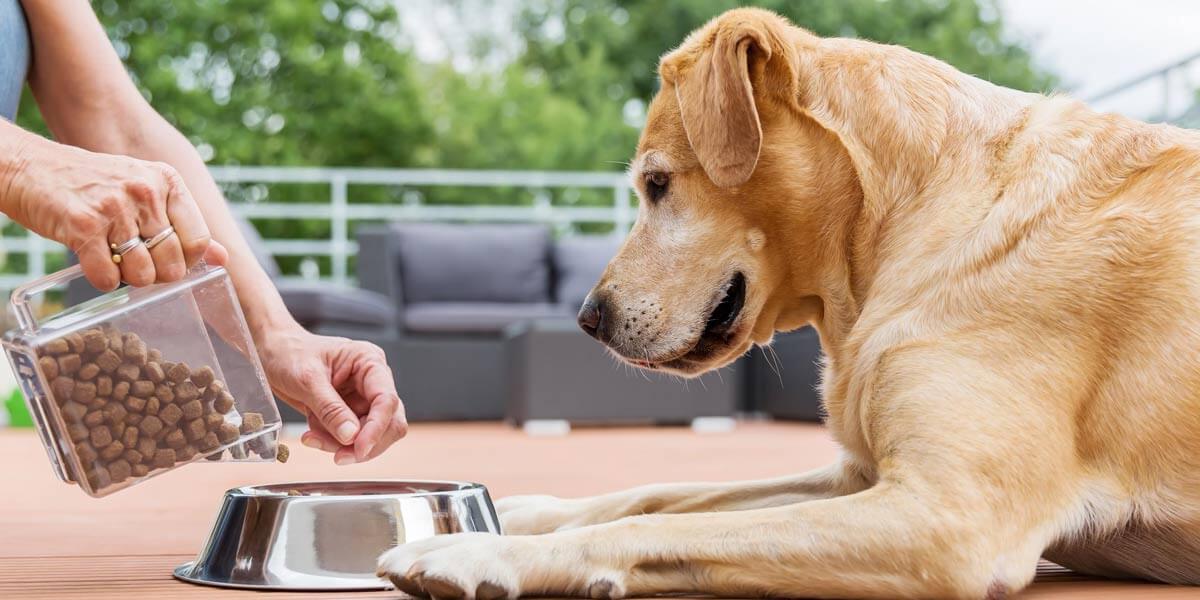The ZMDK Chronicles
Dive into a realm of news and insights with 0396zmdfk.
What's Really in Your Pet's Bowl?
Uncover the shocking truth behind your pet's food! What ingredients are lurking in their bowl? Find out now!
Unpacking Pet Food Labels: What Do All Those Ingredients Mean?
Understanding pet food labels is crucial for any pet owner who wants to make informed choices about their furry friend’s diet. The ingredients list is often the first place to start; it provides insight into what your pet is consuming daily. Ingredients are typically listed in descending order by weight, meaning the first few items are the most abundant. Look out for terms like meat by-products or grain-free, which can significantly impact the nutritional value of the food. Additionally, be aware of fillers such as corn or wheat that may be included to bulk up the product without providing essential nutrients.
Furthermore, it’s important to recognize the meaning of certain labels and claims that manufacturers use. For example, the term natural indicates that the food contains no artificial ingredients or preservatives, while organic signifies that the ingredients meet specific agricultural standards. Another term to note is complete and balanced, which means the formula meets the nutritional levels established by the AAFCO (Association of American Feed Control Officials). Before making a purchase, take the time to unpack the pet food labels and understand the significance of each ingredient to ensure your pet receives the best nutrition possible.

Is Your Pet's Bowl Safe? Exploring Common Contaminants in Pet Food
When it comes to your pet's health, the safety of their food bowl is often overlooked. Common contaminants in pet food can come from various sources, including the materials used in the bowl itself. Many pet bowls are made from plastic, which can leach harmful chemicals like BPA and phthalates into the food. These substances have been linked to various health issues in pets, including hormonal imbalances and increased risk of certain diseases. To ensure your pet's bowl is safe, consider switching to materials like stainless steel or ceramic, which are less likely to harbor harmful contaminants.
In addition to the bowl material, the food itself can also contain unwanted contaminants. Pet food can be tainted with ingredients like melamine, a chemical found in some plastics, or mycotoxins, which are produced by mold. Regularly checking for recalls and monitoring your pet's food for any signs of contamination is crucial. Furthermore, maintaining a clean feeding area by washing your pet's bowl daily can help reduce the risk of exposure to these common contaminants. By being proactive, you can help ensure a safer eating environment for your furry friend.
Homemade vs. Store-Bought: Which Option is Healthier for Your Pet?
When it comes to pet nutrition, pet owners often face the dilemma of homemade vs. store-bought food. Homemade pet food offers the advantage of controlling ingredients, ensuring freshness, and tailoring meals to accommodate your pet's specific dietary needs. For instance, you can easily create a balanced meal using whole meats, fresh vegetables, and essential grains without the fillers and artificial preservatives commonly found in many commercial brands. However, it is crucial to ensure that homemade diets are nutritionally complete, as overly simplistic recipes can lead to deficiencies over time.
On the other hand, store-bought pet food comes with the convenience of ready-made meals that often meet established nutritional guidelines. Many premium brands invest in research to formulate their products, providing a balanced diet that includes necessary vitamins and minerals. Nevertheless, not all store-bought options are created equal, and pet owners should carefully read labels to avoid low-quality ingredients. In conclusion, the decision between homemade and store-bought pet food depends on your pet's specific health requirements and your ability to prepare balanced meals at home.